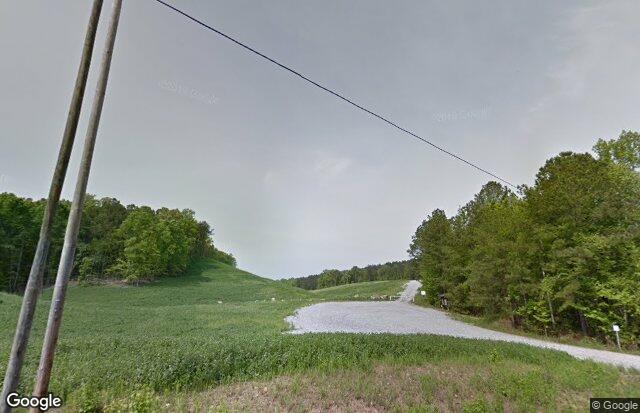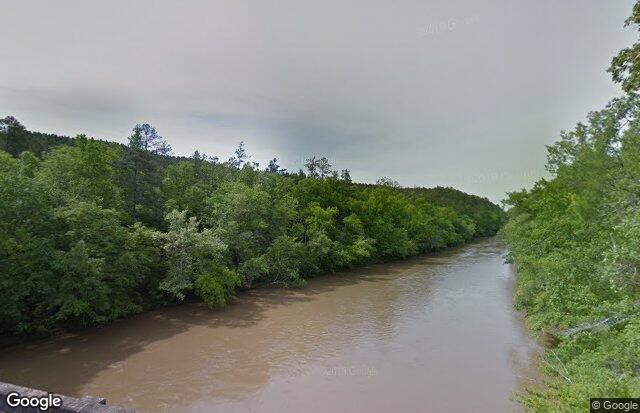
Cahaba River National Wildlife Refuge
Cahaba River National Wildlife Refuge
Tips for Birding
There is presently but a single road that traverses the Cahaba NWR, and after the first quarter-mile, the road parallels the river itself for its duration. A word of caution: this is a narrow gravel road. It is effectively a single lane, and requires care to negotiate oncoming traffic. Be careful if on foot – there is very little room for pedestrians. There are a few pull-outs and parking spots available along the gravel road; use them to leave vehicles behind and walk along the road’s edge and to access the (few) trails that intersect with the road.
Think of the refuge as consisting of three habitat zones, each with its own distinct birdlife. The first zone is the river itself and its banks and the adjacent trees and shrubs. The river attracts Belted Kingfishers, Great Blue Herons, and the occasional Osprey or Bald Eagle. Both the latter species nest in the area. There are numerous wildflowers and shrubs along the banks of the Cahaba. Look for Ruby-throated Hummingbirds in the Mimosas, as well as around the many other hummingbird-pollinated plants found here. Among the great variety of plantlife found here, note the Hop hornbeams, Ti-ti’s, and Ironwoods along the riverbanks. Louisiana Waterthrushes are common along the river, as are Prothonotary Warblers. You’ll see many Northern Parulas and Yellow-throated Warblers in the trees along the river, and this is a fine place to get a good look at Acadian Flycatchers. American Redstarts also breed here, and Common Yellowthroats are easy to spot in the thickets along the riverbank. Red-shouldered is the most common type of hawk here, with Cooper’s being next.
To the west of the road and upland a bit from the riverbank is mixed hardwood forest – white oak and beech, green ash and shagbark hickory…this mixed hardwood forest has a broad range of birds: Wood Thrushes, Summer Tanagers, Orchard Orioles, Eastern Wood Pewees, Great Crested Flycatchers, as well as Hooded, Black-and-white, and Kentucky Warblers. The area is strong for White-breasted Nuthatches and particularly woodpeckers, including Pileated and a few Hairy and Red-headed. This is the best area on the refuge for migrants in spring and fall, when virtually any species may drop in, as well as for mixed-species feeding flocks of songbirds in winter.
Along the ridges are longleaf and loblolly pinewoods. The common warbler here is Pine, with Worm-eating and Prairie Warblers in the undergrowth, along with numerous Yellow-breasted Chats. Brown-headed Nuthatches are common here. Watch for Bobwhites and turkeys. This area approaches the southern limit for the breeding range of both Scarlet Tanagers and Black-throated Green Warblers, and surprisingly, they may be seen here in small numbers most years.
About this Location
The Cahaba River National Wildlife Refuge was established in 2002 to protect this section of the state’s longest free-flowing river. The river is wonderfully biologically diverse – with more fish species, at 131, than any other river its size in North America. The section of the river known as Hargrove Shoals contains the largest stand of the rare shoals lily (known locally as the Cahaba lily) on the planet. In fact, the river and the surrounding woodlands provide habitat for a surprising number of rare and endangered species.
An annual highlight occurs from mid-May through very early June, when the Cahaba lilies bloom. There is an annual festival in West Blocton on the last Saturday in May in honor of these stunning flowers.
Content from Cahaba River National Wildlife Refuge ( Alabama Birding Trails) webpage
Last updated February 18, 2024
